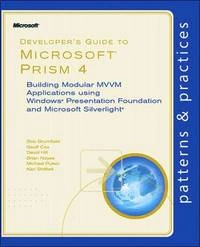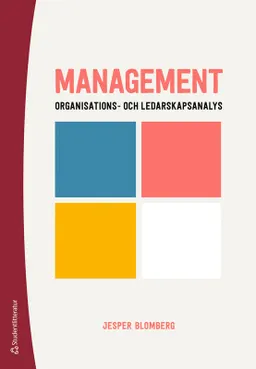

Developers Guide to Microsoft Prism 4: Building Modular MVVM Applications wUpplaga 1
- Upplaga: 1a upplagan
- Utgiven: 2011
- ISBN: 9780735656109
- Sidor: 288 st
- Förlag: Microsoft Press
- Format: Häftad
- Språk: Engelska
Om boken
Åtkomstkoder och digitalt tilläggsmaterial garanteras inte med begagnade böcker
Mer om Developers Guide to Microsoft Prism 4: Building Modular MVVM Applications w (2011)
I maj 2011 släpptes boken Developers Guide to Microsoft Prism 4: Building Modular MVVM Applications w skriven av Bob Brumfield, Geoff Cox, David Hill, Brian Noyes. Det är den 1a upplagan av kursboken. Den är skriven på engelska och består av 288 sidor djupgående information om data. Förlaget bakom boken är Microsoft Press.
Köp boken Developers Guide to Microsoft Prism 4: Building Modular MVVM Applications w på Studentapan och spara pengar.
Tillhör kategorierna
Referera till Developers Guide to Microsoft Prism 4: Building Modular MVVM Applications w (Upplaga 1)
Harvard
Oxford
APA
Vancouver



















